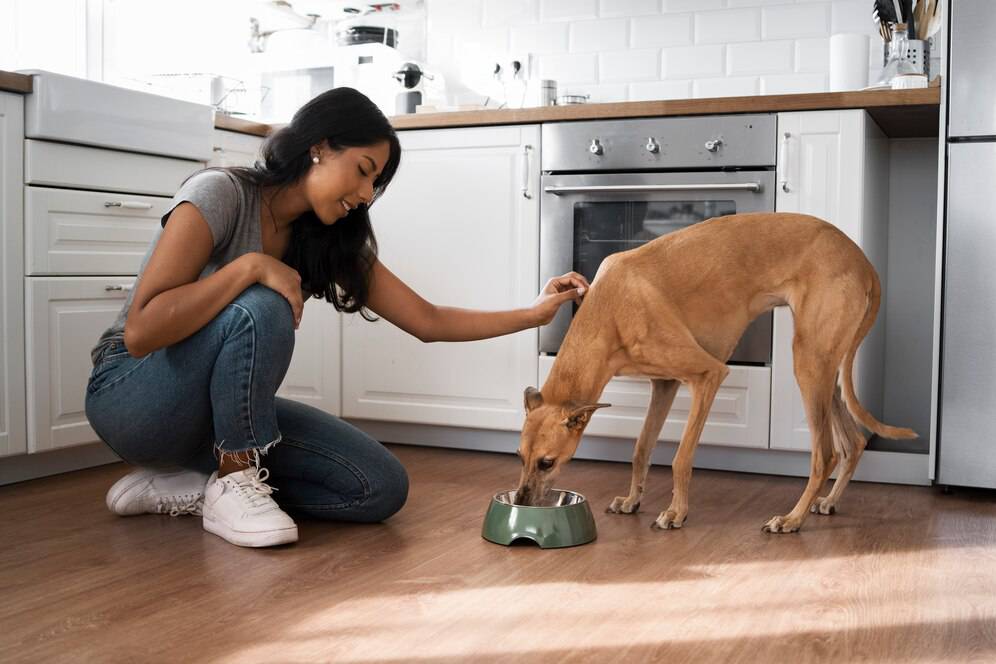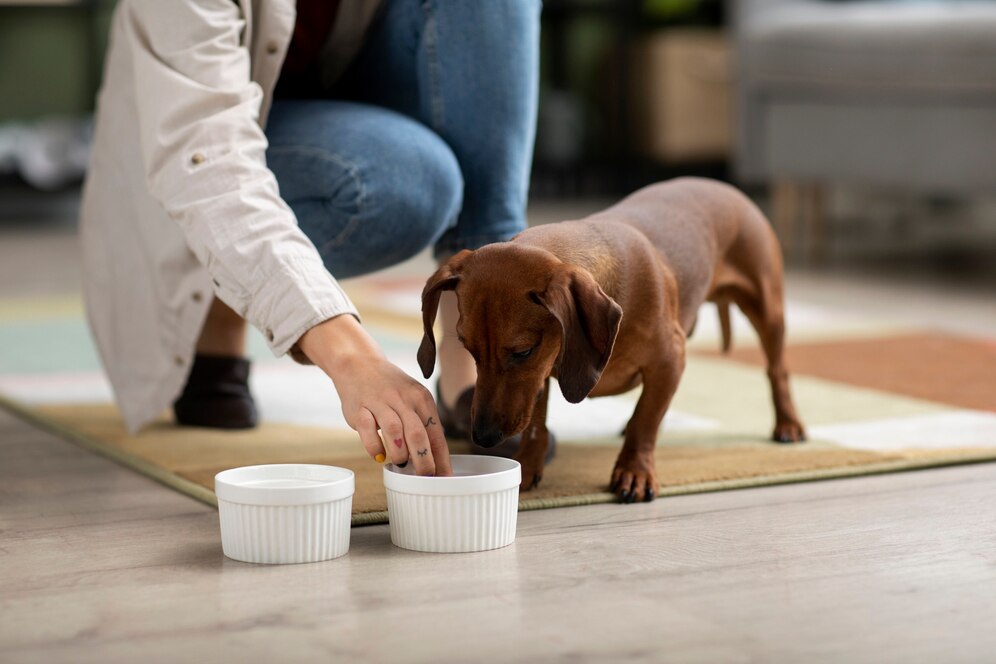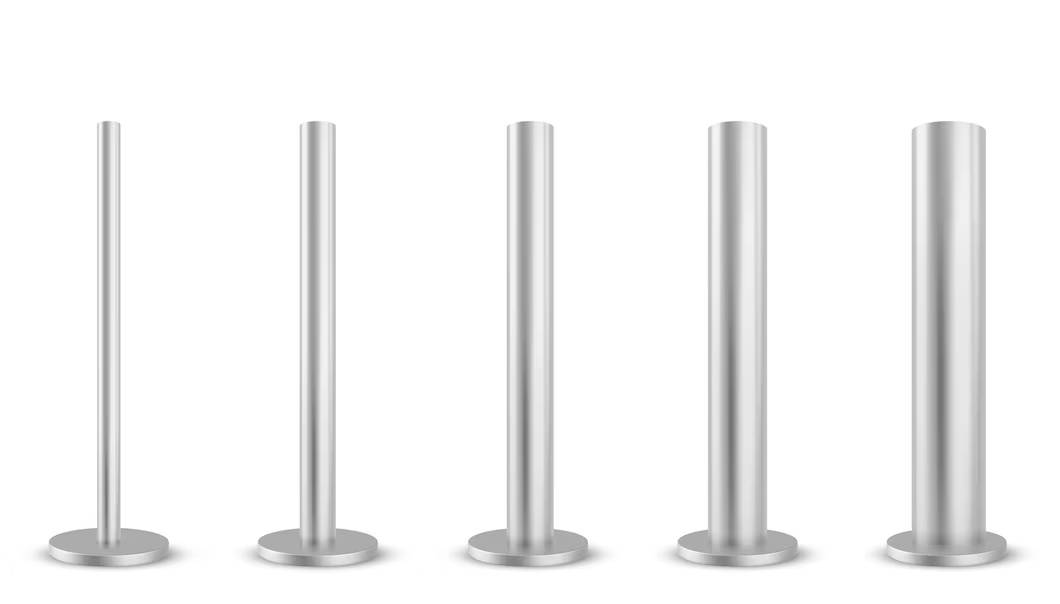
DIY Pet Feeding Stations: Stylish & Functional Ideas
Feeding your pet is a daily ritual—but it doesn’t have to be mundane. A thoughtfully designed feeding station can bring order, cleanliness, and even a touch of personality to your home. More than that, it can support your pet’s health and well-being, especially when ergonomics come into play.
Whether you’re aiming for rustic charm, minimalist chic, or a clever space-saving solution, building a DIY pet feeder allows you to customise every detail. With some creativity, basic tools, and a bit of time, you can craft a feeding station that’s both practical and visually cohesive with your home decor.
In this guide, we explore a range of handmade pet accessories—from elevated dog bowls to built-in food storage—designed to make mealtimes more enjoyable for pets and humans alike.
Why Create a DIY Feeding Station?
1. Ergonomics and Comfort
Elevating food and water bowls can help reduce strain on your pet’s neck, especially for larger or senior dogs. For cats, raised bowls may assist with digestion and posture.
2. Organisation and Cleanliness
A designated feeding area keeps bowls in place and helps contain spills. You can even integrate food storage to keep everything in one tidy location.
3. Custom Aesthetic
DIY allows you to match your feeding station to your home’s interior style—from Scandinavian simplicity to farmhouse chic.
4. Personal Satisfaction
There’s something special about making your own handmade pet accessories. It’s a chance to create something that’s as unique as your furry companion.
Planning Your DIY Pet Feeder
Before you begin building, consider the following:
Pet Size and Feeding Style

Small breeds, large dogs, or flat-faced cats all have different needs. Measure your pet’s shoulder height to determine the ideal bowl elevation.
Materials
Choose pet-safe, easy-to-clean materials. Wood, metal, and food-grade plastic are all viable, but avoid finishes that may chip or contain toxic substances.
Location
Place your feeder in a quiet, accessible area. Avoid high-traffic spots or areas prone to spills (like near electronics).
Cleaning Ease
Removable bowls, waterproof linings, and simple construction make cleaning easier and more hygienic.
DIY Pet Feeding Station Ideas for Every Style
1. Rustic Raised Feeder with Storage Drawer
Ideal For: Medium to large dogs
Materials Needed:
- Reclaimed wood or pallet boards
- Drawer slides and handle
- Stainless steel bowls
- Non-toxic wood sealant
Design Notes: Build a wooden box with an inset top to hold two bowls and a pull-out drawer underneath for storing kibble, leashes, or grooming supplies.
Why It Works: Combines practicality with vintage charm—and keeps clutter out of sight.
2. Modern Minimalist Floating Feeder
Ideal For: Small flats and contemporary interiors
Materials Needed:
- Wall-mounted wooden shelf or floating shelf bracket
- Bowl cut-outs
- Matte paint or stain
Design Notes: Mount the shelf at your pet’s chest height with holes to fit stainless steel bowls. Paint to match your wall for a seamless look.
3. Upcycled Crate Pet Feeder
Ideal For: Eco-conscious pet parents
Materials Needed:
- Wooden fruit crate or wine box
- Sandpaper, paint or stain
- Small bowls
Design Notes: Cut two bowl holes into the top of the crate. Add legs or leave as-is for smaller pets. Optionally, attach a chalkboard label for names or feeding times.
Eco-friendly and budget-savvy, this DIY pet feeder reuses materials with rustic flair.
4. Built-In Feeder for Kitchen Units
Ideal For: Homeowners undergoing renovations
Materials Needed:
- Kitchen toe-kick drawer conversion kit
- Food-safe bowl inserts
- Drawer liner
Design Notes: Transform a lower cabinet drawer into a pull-out feeder that slides away when not in use. Great for sleek kitchens and tidy households.
5. PVC Pipe Stand for Travel or Outdoor Use

Ideal For: Active lifestyles and outdoor feeding
Materials Needed:
- PVC pipe and elbow joints
- Bowl cut-outs in the pipe or a plywood top
- Adhesive or screws for stability
Design Notes: Lightweight and weather-resistant, this feeder is ideal for camping trips or outdoor patios.
6. Wall-Mounted Cat Feeding Shelf
Ideal For: Multi-pet homes (keeps food away from dogs)
Materials Needed:
- Small wooden shelf
- Bowl recesses
- Wall anchors
Design Notes: Mount the shelf at counter height or on a windowsill. Add a lip to keep bowls secure and prevent spillage.
7. Convertible Bench Feeder
Ideal For: Multi-functional spaces
Materials Needed:
- Storage bench or ottoman
- Bowl cut-outs on the top surface
- Hinged lid for interior storage
Design Notes: Incorporate food storage inside a bench and cut bowl holes into the top. Serves as both a feeder and extra seating.
Bonus Touches and Practical Enhancements
Non-Slip Feet or Base
Prevent your feeder from sliding around on tiles or hardwood floors.
Custom Engraving or Name Tags
Personalise the station with your pet’s name using vinyl decals, hand-painting, or a carved plaque.
Automatic Watering Add-Ons
Incorporate a gravity-fed water dispenser or a pet fountain for continuous hydration.
Colour Coordination
Match feeder colours with your décor for a cohesive aesthetic—neutrals for modern interiors, bold tones for eclectic spaces.
Safety Tips for DIY Pet Projects
- Use non-toxic paints, stains, and sealants suitable for contact with food and animals.
- Check for splinters or sharp edges, especially with wood or metal.
- Ensure stability—a wobbly feeder can cause spills or discourage eating.
- Test height and bowl placement with your pet before final assembly.
Remember: Comfort, accessibility, and safety should always be top priorities.
Budgeting and Tool Considerations
Most DIY pet feeder projects require only basic tools like a jigsaw, drill, sandpaper, and paintbrushes. Depending on materials, you can keep costs under £30–£50, especially if repurposing old furniture or using scrap wood.
Sustainability and Style Go Paw-in-Paw
With rising awareness of sustainable living and pet wellbeing, handmade feeding stations offer an eco-conscious and aesthetically pleasing solution. They reduce the need for mass-produced plastics and allow for customisation that factory-made options rarely deliver.
From elevated dog bowls that support joint health to stylish crate conversions, there’s a design for every pet—and every home.
Functional Flair for Your Pet’s Mealtime
A feeding station isn’t just a practical addition—it’s an expression of how you care for your pet. By crafting your own DIY pet feeder, you’re not only investing in their comfort but enhancing your home with a piece that blends personality, function, and love.
Take action today: Sketch out your ideal feeding setup, measure your space, and pick a design that suits your pet’s needs and your home’s vibe. With a bit of time and creativity, your next project could be a tail-wagging success.